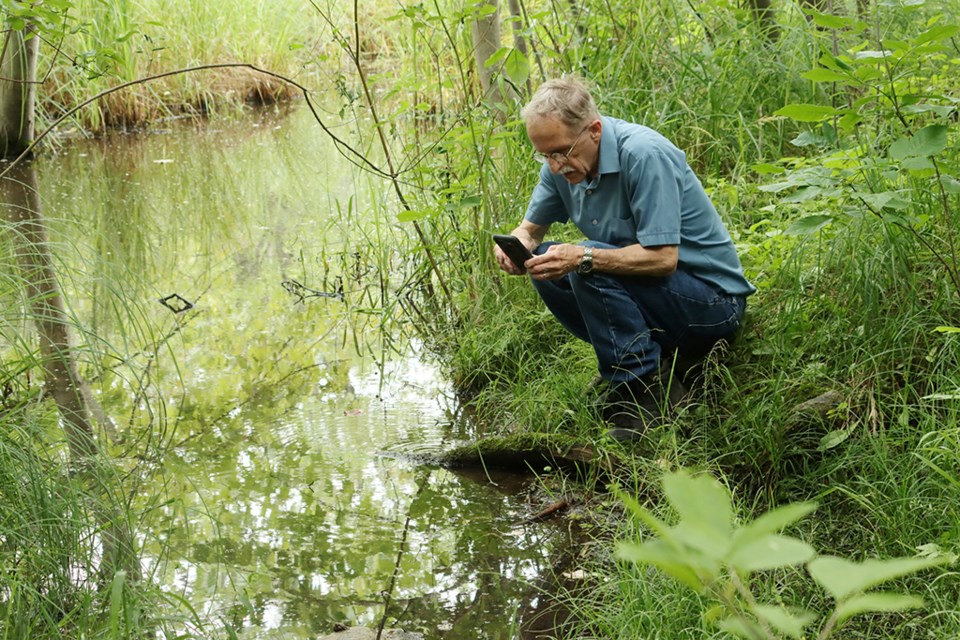SASKATCHEWAN – Over the August long weekend, the Nature Conservancy of Canada (NCC) is encouraging Saskatchewan residents to get outside to enjoy and document the nature around them, in the name of science.
NCC’s third-annual Big Backyard BioBlitz will run from July 28 to Aug. 1, across the country. From backyards to national parks, on lunch break and on vacation, people can snap photos of the species they find around them and submit their observations to one of the largest crowd-sourced species inventories in Canada.
Contributors and NCC will help compile critical information on species populations and locations for scientists and conservation planners, who can use this information to plan future protection and restoration efforts across the country.
“Everyone is invited to participate. It’s a great way for people of all ages to look at nature more closely and learn about biodiversity close to home,” said Kayla Burak, engagement program manager with NCC in Saskatchewan. “Spending time outdoors is also beneficial for our physical and mental well-being. The Big Backyard Bioblitz event is a great incentive to connect with nature and fellow nature lovers, while contributing to our collective knowledge of plants, animals and other species in Canada.”
To join the Big Backyard BioBlitz, people can register anytime at . Once registered, participants will receive a step-by-step guide on how to participate, photography tips, information about species identification and an automatic entry to win a Big Backyard BioBlitz prize pack.
“Whether you log an invasive plant like glossy buckthorn, or a rare bird like the red knot, every entry counts,” Burak said. “Using iNaturalist can provide valuable information such as locating species outside of their usual range or where invasive species are encroaching. This information can be used to identify important habitat for protecting at-risk species.”
More than 6,500 participants logged in last year’s event.




